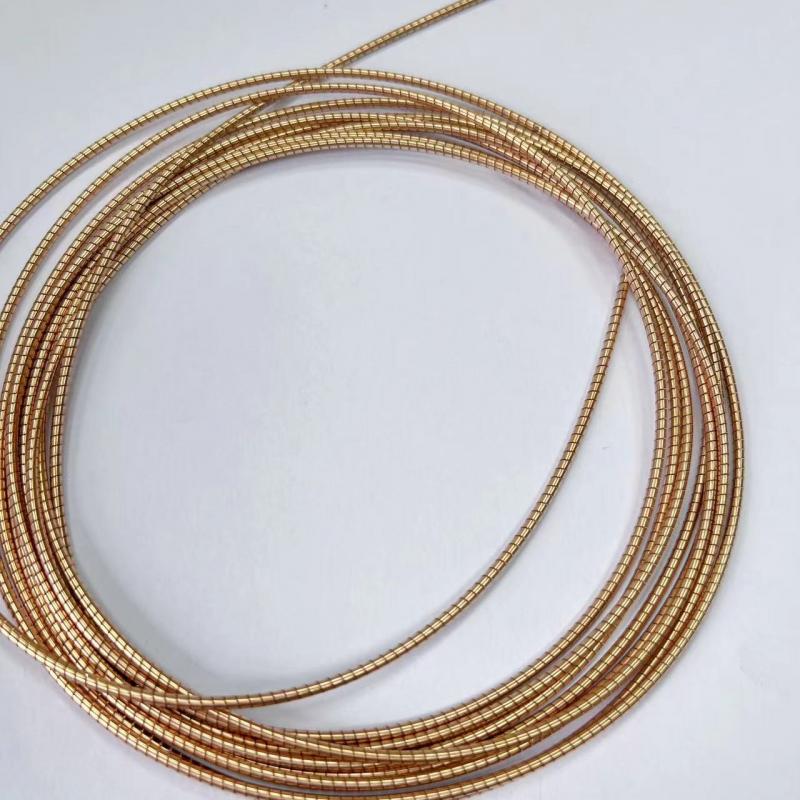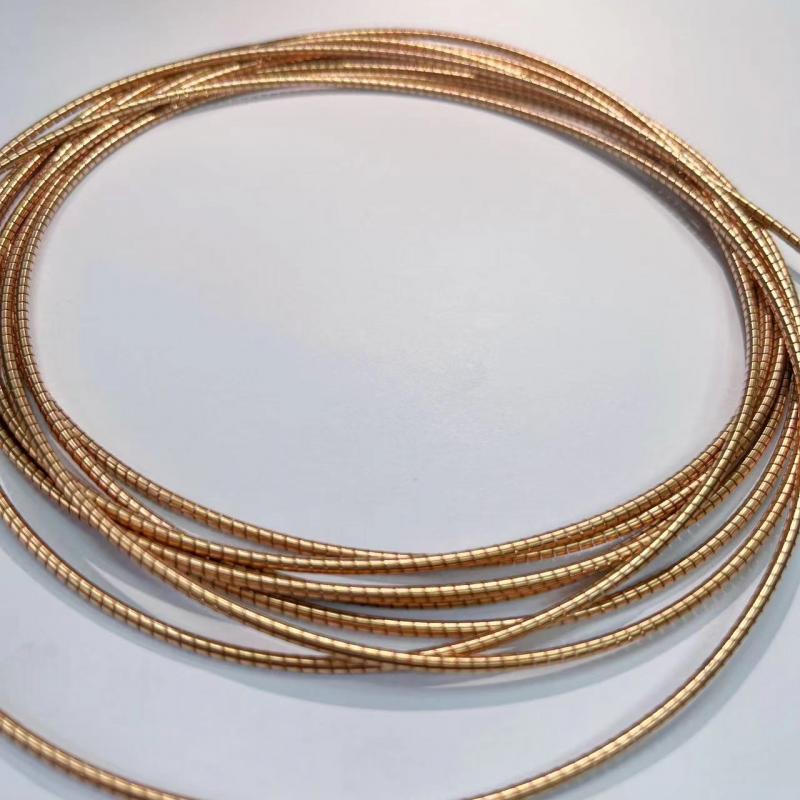1) The better the electrical conductivity and magnetic permeability of the material, the higher the shielding effectiveness, but the actual metal material cannot take into account both aspects. For example, copper has good electrical conductivity but poor magnetic permeability; iron has good magnetic permeability , but poor conductivity. What material should be used, depending on whether the specific shielding mainly depends on reflection loss or absorption loss to determine whether to focus on electrical conductivity or magnetic permeability;
2) When the frequency is low, the absorption loss is very small, and the reflection loss is the main mechanism of the shielding effectiveness, and the reflection loss should be increased as much as possible;

3) The reflection loss is related to the characteristics of the radiation source. For the electric field radiation source, the reflection loss is very large; for the magnetic field radiation source, the reflection loss is very small. Therefore, the shielding of magnetic field radiation sources mainly depends on the absorption loss of materials, and materials with higher magnetic permeability should be selected as shielding materials.
4) The reflection loss is related to the distance from the shield to the radiation source. For the electric field radiation source, the closer the distance, the greater the reflection loss; for the magnetic field radiation source, the closer the distance, the smaller the reflection loss; correctly judge the nature of the radiation source , to decide whether it should be close to the shielding body or the principle shielding body is an important content of structural design.

5) When the frequency is high, absorption loss is the main shielding mechanism, and it has little to do with whether the radiation source is an electric field radiation source or a magnetic field radiation source.
6) Electric field waves are the easiest to shield, followed by plane waves, and magnetic field waves are the most difficult to shield. Especially (below 1KHz) low-frequency magnetic fields are difficult to shield. For low-frequency magnetic fields, high-permeability materials should be used, or even materials that combine high-conductivity materials and high-permeability materials.